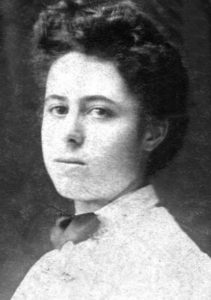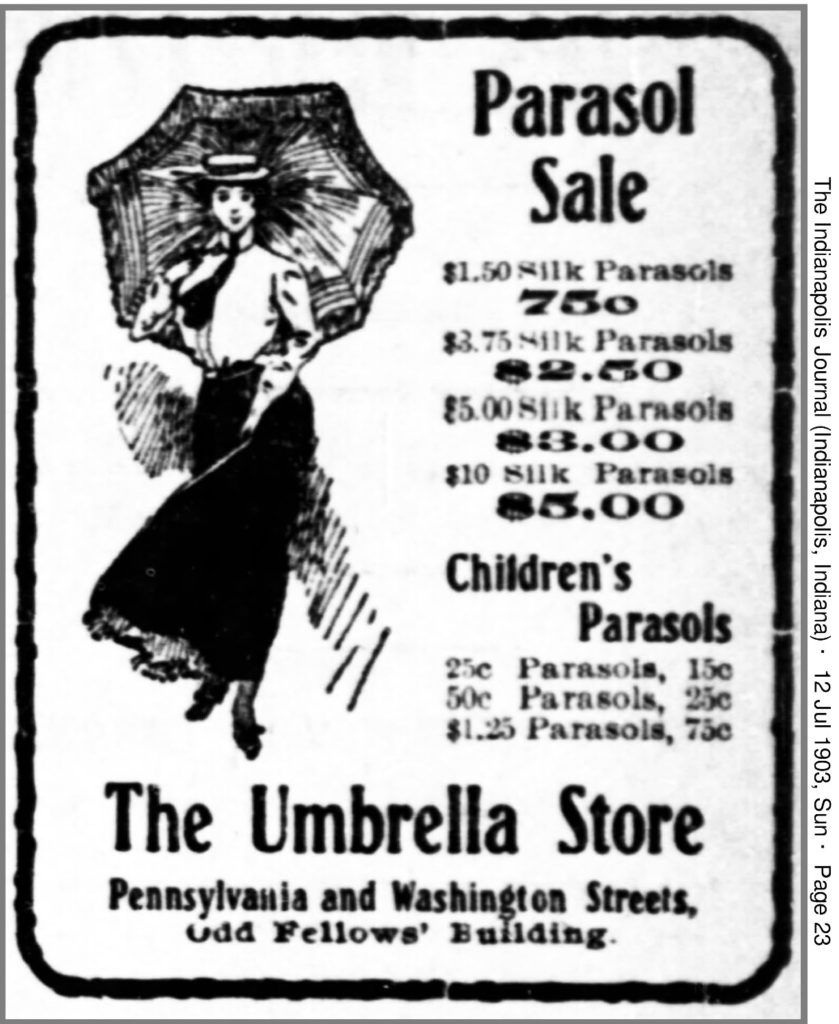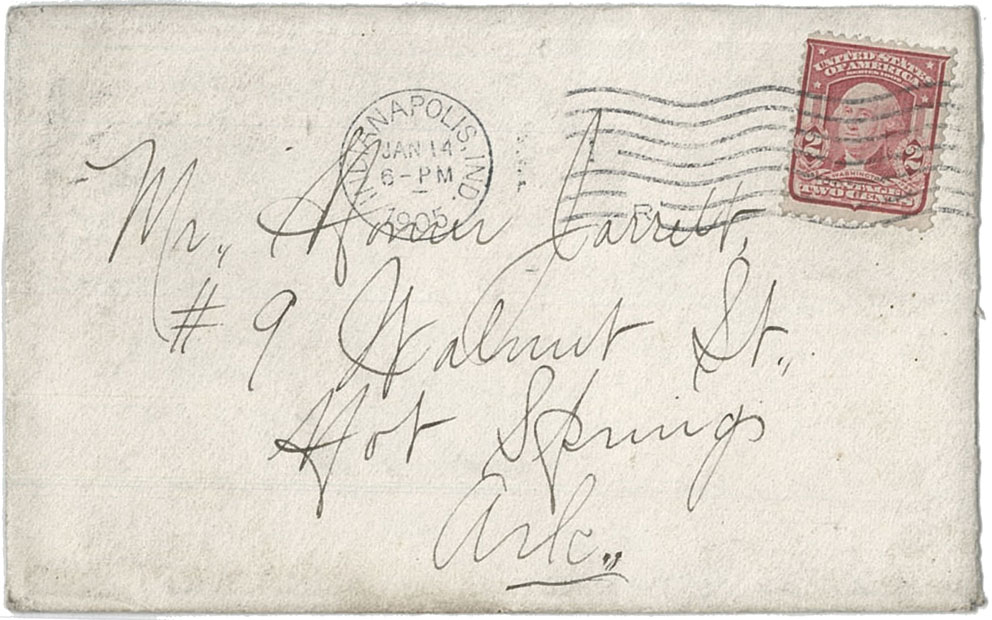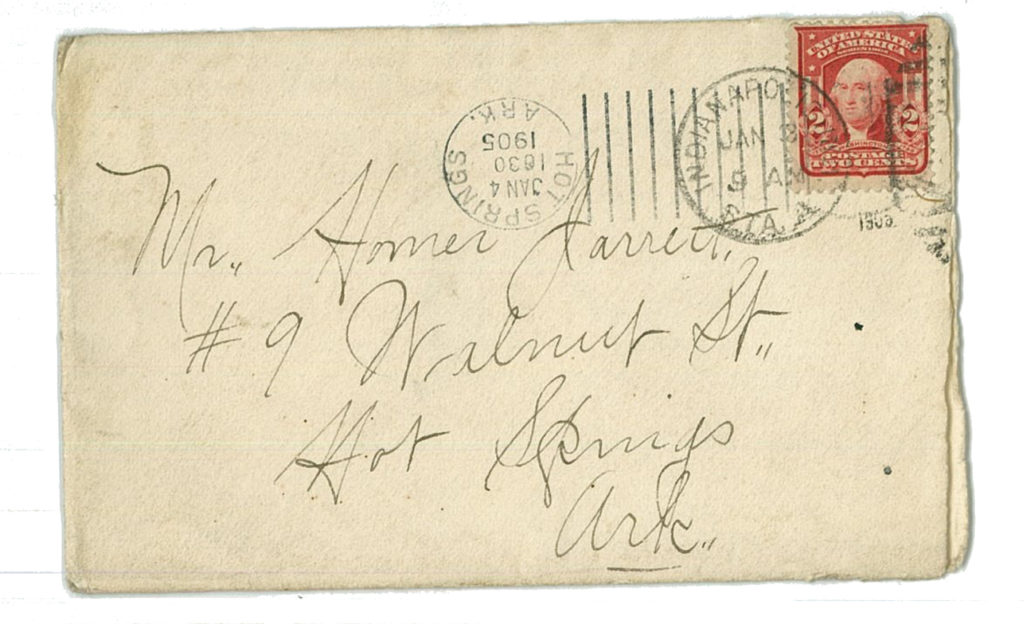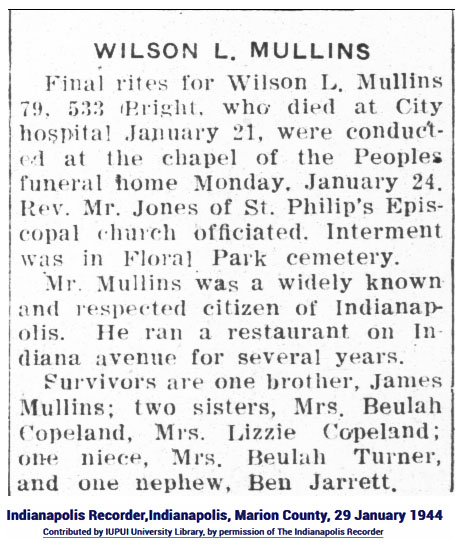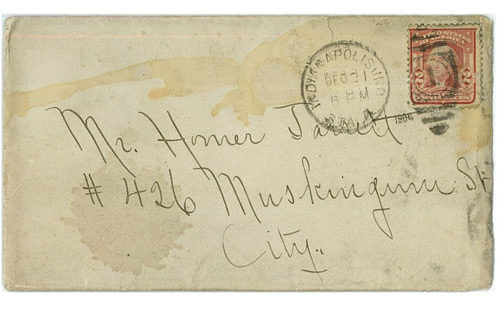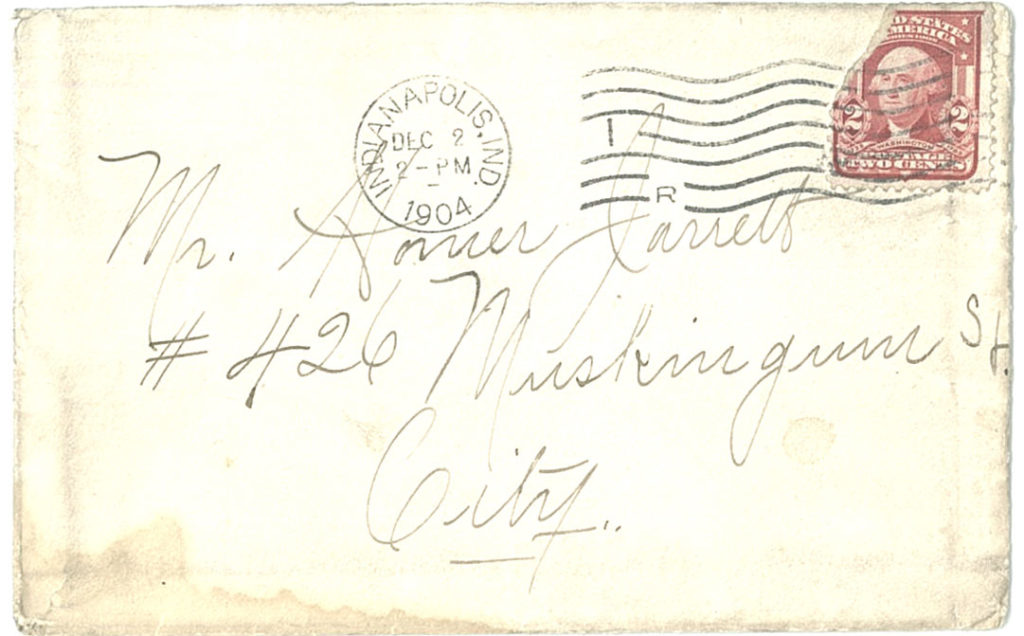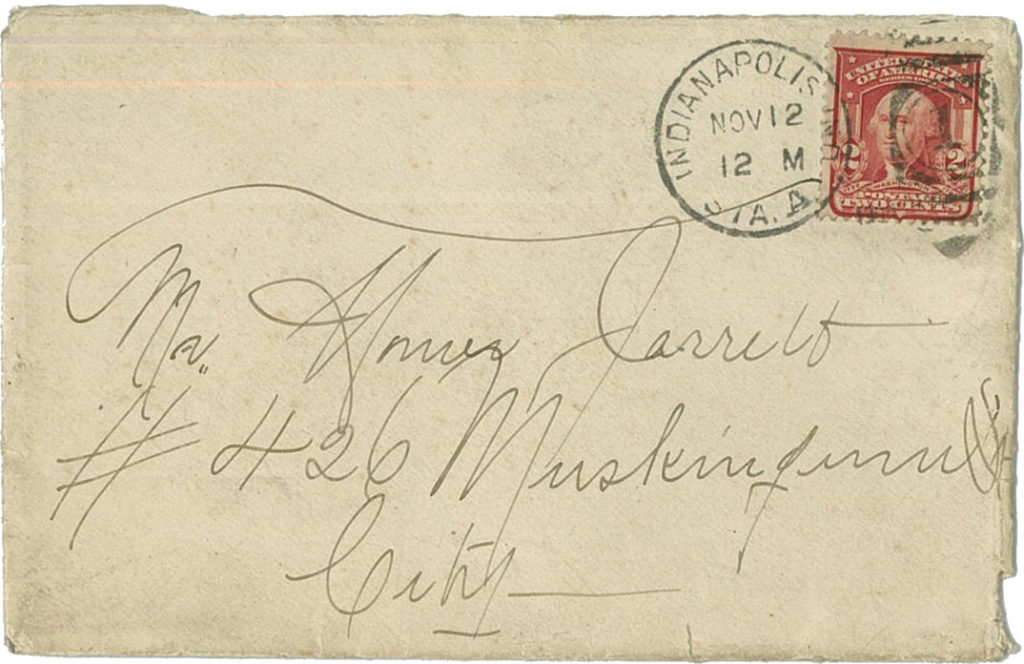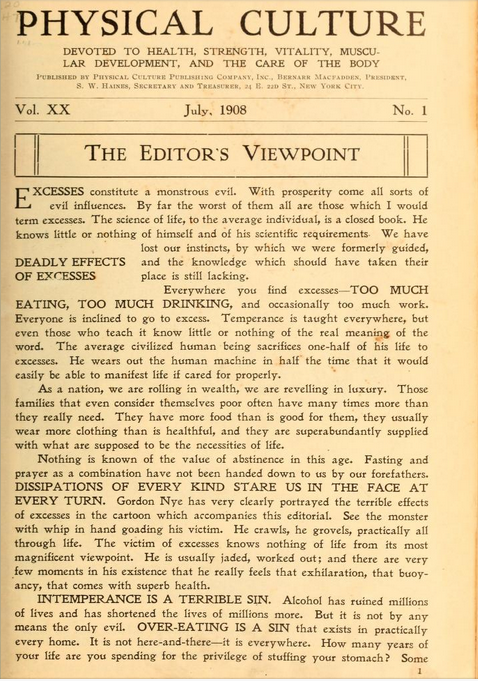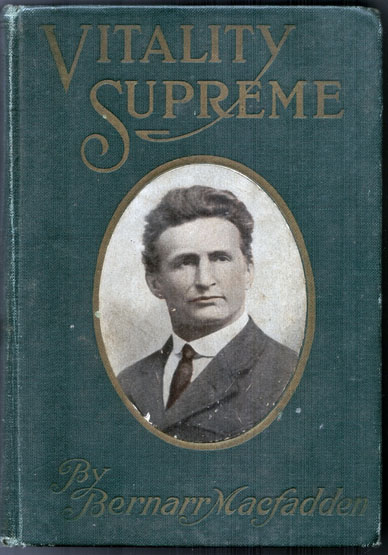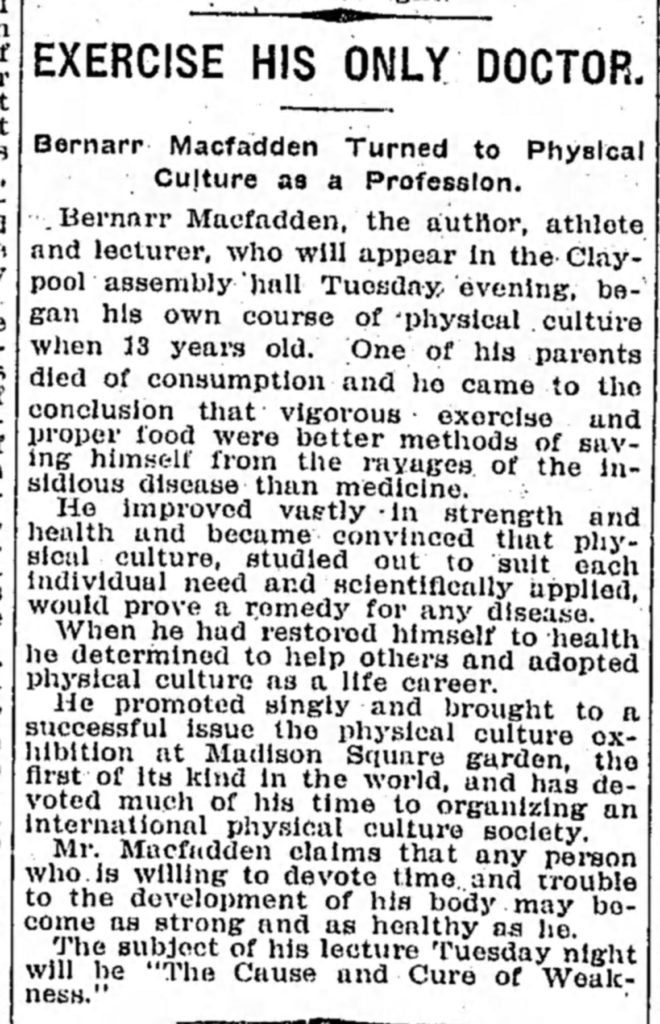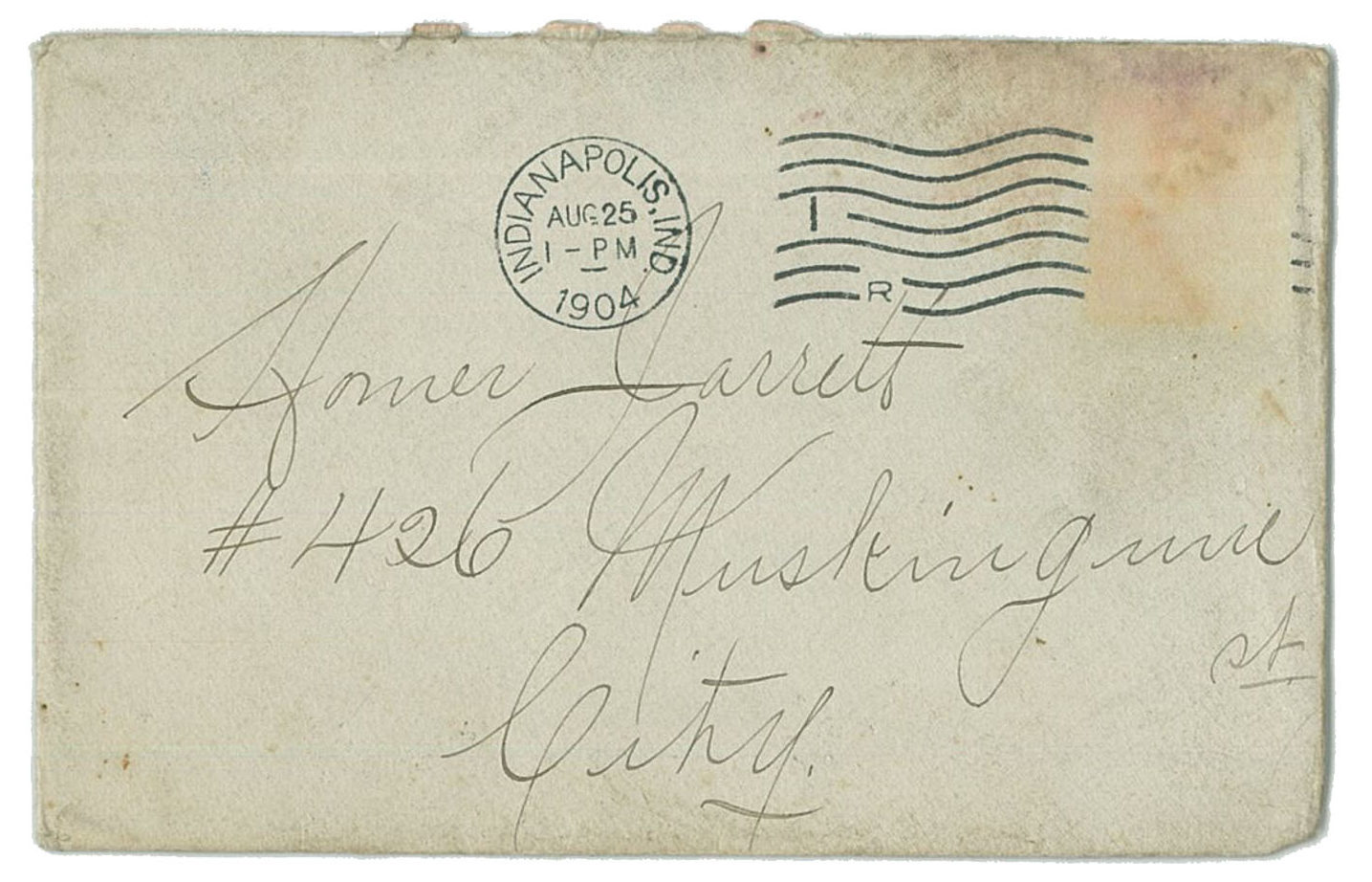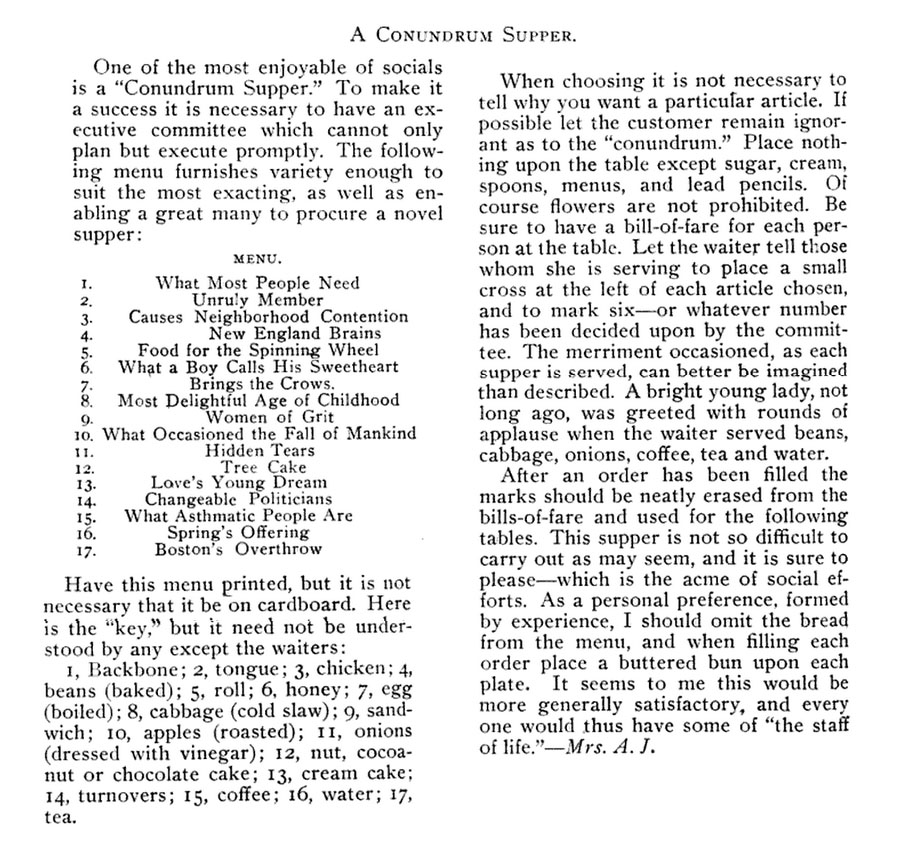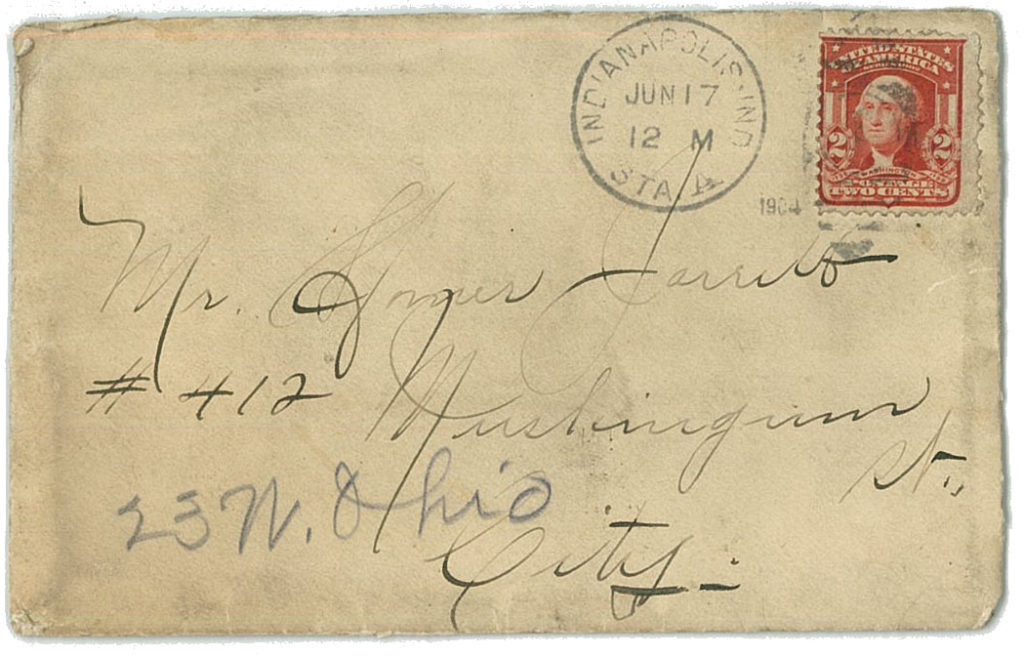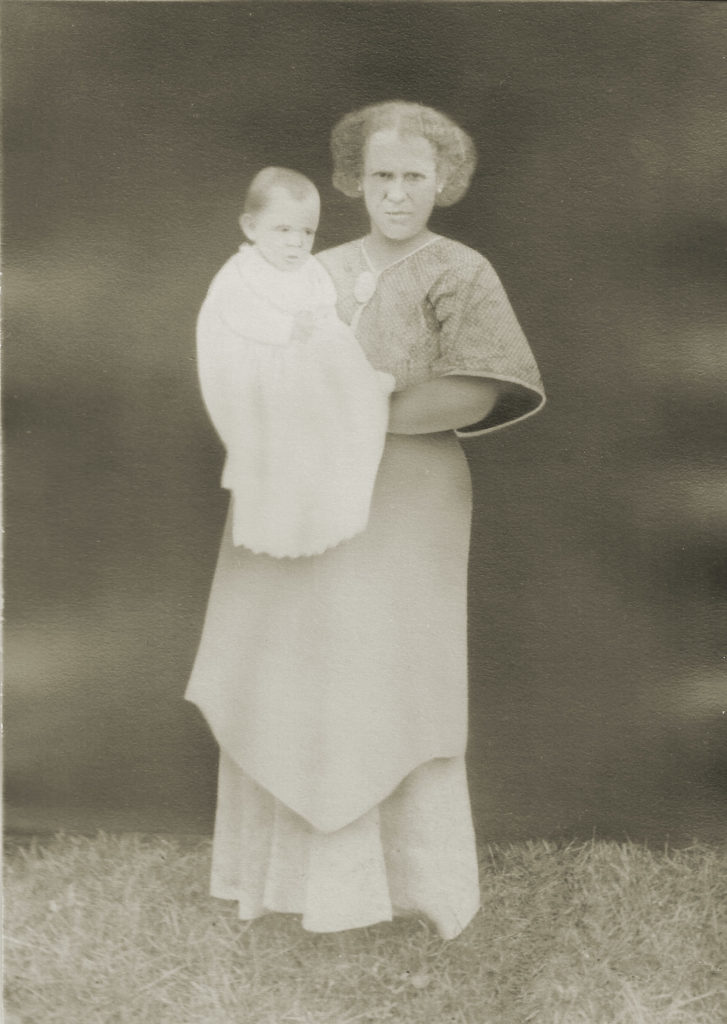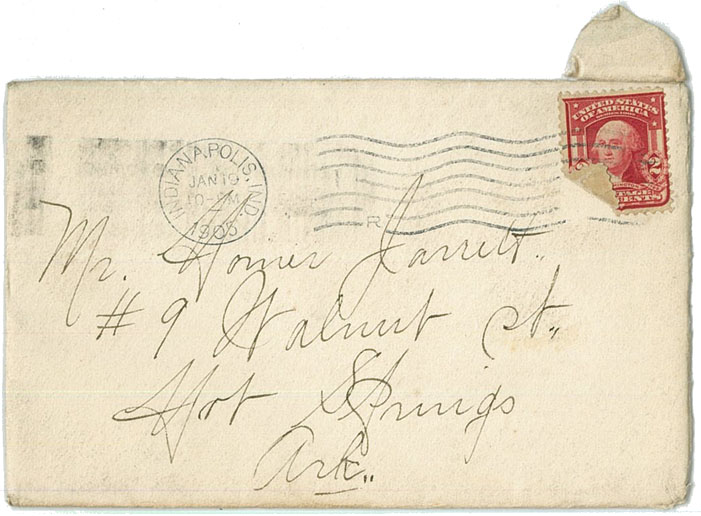
Homer Jarrett
9 Walnut St.
Hot Springs, Ark
2731 Kenwood Ave
Indianapolis Ind.
January 18, 1905
Mr. Jarrett;
Homer, having just returned from a long walk with Helen, Jim and Ben, I wish to speak with you. I shall pretend that I see you and I can get on nicer or better. Homer I am sorry that our short acquaintance was so very disappointing to you and that I was and am so very contrary and flighty but you will see Homer, that I can’t be otherwise I could not if I tried. Of course I shall not say that I do try – for I should speak untrue. Maybe it is just as well that we did not go any more than we did together.
Listen, you speak of the gifts from you to me. Why, Homer, I would have given them back to you because I did not think myself worthy of them, do you understand? I was and am proud of the books and the parasol and shall always be and love them.
But Homer, listen if you do not believe anything that I say any more, don’t you think that I better cease writing to you? You do not care for me or you would trust me. Do you know that people generally trust those that they truly care for? Do you always expect proofs of things? Do you never think of trusting anybody, even those you profess to care for? Homer, this being the case I think we should cease to correspond, don’t you? You do and would not believe anything I should say and so it would be all of no avail.
Mother is getting on nicely and sends her best regards to you and advises you to be a good boy.
Minnie and family are quite well. They send love and best wishes to you. The children often speak of you to me.
Love from all to you.
Glad you heard from your mother and that she is well.
Our church is carrying on revival now and I think I shall attend tomorrow night.
Homer, Good By
Yours Sincerely,
Pearl D. Reed
________________
In January of 1905, Minnie Mullins and her four children were visiting Indianapolis from Benton Harbor, Michigan. Minnie was 27 years old. She was the mother of four children – Helen, Jim, Ben and Arthur.
